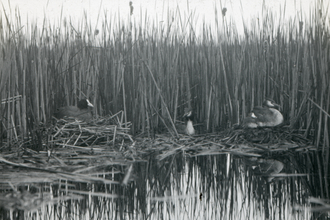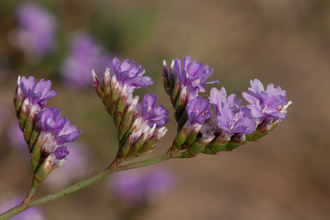Please note: the visitor centre will be closed on Tuesday 16th December 2025 and Wednesday 21st January 2026.
NWT Cley Marshes in early morning sunlight (credit: Elizabeth Dack)
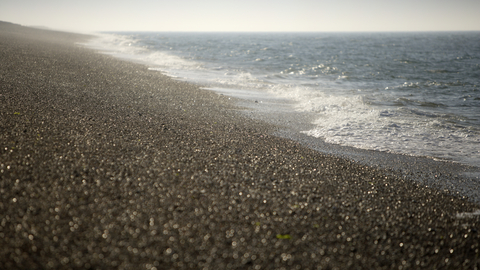
Shingle beach at Cley Marshes (credit: Richard Osbourne)
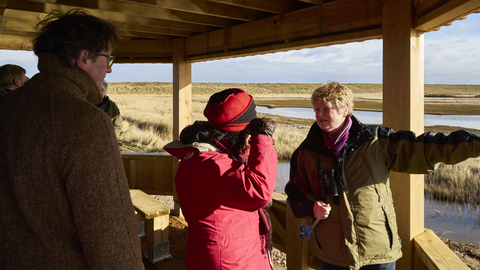
Visitors in a hide at Cley Marshes (credit: Richard Osbourne)
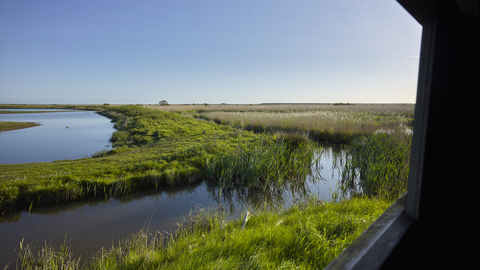
Cley Marshes hide (credit: Richard Osbourne)
Cley and Salthouse Marshes
Location
OS Map Reference
TG 054 440View on What3Words
Know before you go
Dogs
No dogs permitted on reserve or in visitor centre* apart from assistance dogs.
Visitors with dogs can walk Beach Road, along the shingle bank (northern reserve boundary) and East Bank. Please keep your dog on a lead at all times.
*Dogs are permitted onto the outside decking area, which can be accessed through the visitor centre.
When to visit
Opening times
Reserve: every day, dawn till dusk.Visitor centre and cafe:
March to last Sunday in October: 10am-5pm
Last Monday in October to February: 10am-4pm
Closed Christmas Eve and Christmas Day
Please note the cafe closes half an hour before the centre.
Best time to visit
All year roundAbout the reserve
Cley Marshes is one of the best-known nature reserves in the UK. Purchased by NWT in 1926 to be held ‘in perpetuity as a breeding bird sanctuary’, it is a haven for a wide range of species and a hotspot for rare vagrant birds.
Visited by birdwatchers, walkers and sightseers from around the country, Cley feels like a special place for everyone who visits. The vast swaying reedbed is alive with birds and insects in summer, and all year the huge skies, wide open marshes and long stretching beaches create a sense of freedom and space.
In 2012, an appeal helped us to purchase a further 57 hectares, linking the two NWT reserves at Cley and Salthouse together to create a single coastal reserve of more than 300 hectares. Today, Cley and Salthouse Marshes attract more than 110,000 human visitors each year. The six hides (four of which are accessible via boardwalks) give fantastic views across pools and scrapes that are specially managed to attract breeding and passage birds.
Of the many birds found at Cley and Salthouse Marshes, the spectacular spoonbill with its long spatula-like bill, is one of the most popular sights. After an absence of more than 300 years, the spoonbill started breeding regularly in the UK again in 2010. Birds from a nearby colony frequently visit Cley's pools to feed.
Our award-winning visitor centre features interactive interpretation, exhibitions, and a well-stocked gift and bookshop. The Simon Aspinall Wildlife Education Centre provides popular events, workshops, performances, guided walks, and seasonal festivals. There is also a large cafe which serves tasty local produce and offers panoramic views over the marshes and coastline.
Contact us
Environmental designation

Seasonal highlights
There are almost too many seasonal highlights to mention. You can see a large diversity of birds all year round. In spring and summer, you’ll see dragonflies, butterflies and moths, and with some luck, many rare migrant species. During the autumn migration, almost anything can turn up!
Spring
Birds: stonechat.
Plants: common gorse.
Summer
Birds: avocet, redshank, yellow wagtail, spoonbill.
Invertebrates: dragonflies, such as Keeled skimmer.
Autumn
Birds: passage waders such as green and wood sandpiper; it is worth checking the bushes and scrub for smaller passerines.
Winter
Birds: lots of winter wildfowl and waders, snow bunting often flock in good numbers (Salthouse is arguably the best site in the country to see this species), sometimes they are joined by rarer shore larks and Lapland buntings.

